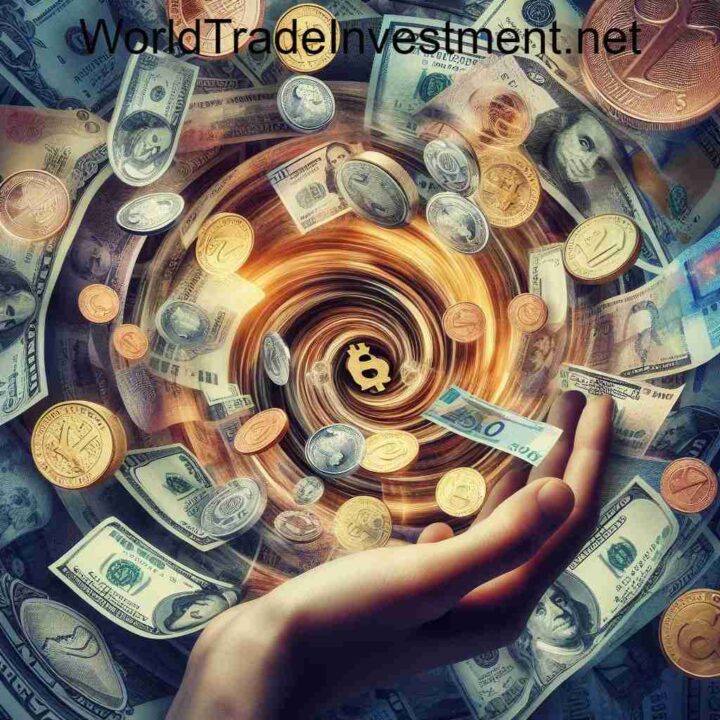
Volkswagen of America in July marked the start of production of its all-electric ID.4 compact SUV in Chattanooga, Tennessee, the company’s first EV assembled in the United States.
Photo courtesy of Volkswagen AG
by Harry Moser, Founder/President, Reshoring Initiative
G
eopolitical unrest and U.S. industrial policy are driving foreign direct investment (FDI) in the United States. Strains from the Russian invasion of Ukraine are causing EU energy costs to skyrocket, affecting in particular the chemical industry and industrial processes that rely on natural gas. The threat of China decoupling and the possibility of a Taiwan-China conflict are causing companies to shorten supply chains and consider regions closer to markets served. U.S. policy to ensure economic and national security of essential goods and green energy solutions is incentivizing organizations to consider manufacturing operations in the U.S. Consequently, mounting global shifts are driving a compelling opportunity for FDI.
For years, EU industry prospered from cheap Russian gas, but energy prices surged in September after Russia shut down gas flows through a major natural gas pipeline. EU companies in natural-gas-intensive industries were pummeled by soaring prices, pushing them to consider shifting production to the U.S. where energy prices are much lower and more stable and green energy incentives are attractive.
Amsterdam-based chemical firm OCI NV plans to expand its Beaumont, Texas, facility to produce ammonia that can be transported to Europe and Asia. “It really tips the scales in the U.S.’s favor,” said Ahmed El-Hoshy, CEO of OCI NV. “It’s a no-brainer to go and do that in the United States.”
According to a Wall Street Journal report, “prices of liquefied natural gas (LNG) in Europe have nearly quadrupled over a year ago, and they are eight times higher than their U.S. equivalent.” Chemicals made from natural gas include polyethylene, polypropylene, plastics and fertilizer. Also impacted are industrial processes that use a lot of natural gas for heat, e.g. forging, heat treating and chemicals in general. “Natural gas is consumed primarily in the pulp and paper, metals, chemicals, petroleum refining, stone, clay and glass, plastic and food processing industries,” the Journal reported. “These businesses account for over 84% of all industrial natural gas use.”
Production Migration: Fact or Fiction?
The U.S. economy is the largest and about the strongest in the world, so it makes sense to produce here.
“One of the most striking things that we are seeing now is the number of companies — U.S. companies and global companies — that are committing to build and expand their manufacturing footprint in the United States,” Brian Deese, National Economic Council director, told The New York Times in September.
“When asked if these trends and shifts to U.S. production sites are fact or fiction, based on the number of large-scale manufacturing site selection projects we are leading today, we would unequivocally say it is a reality,” says JLL International Director of Supply Chain Consulting Rich Thompson.
For its part, Volkswagen plans to pivot to a more stable and predictable U.S. market as a resiliency strategy.




